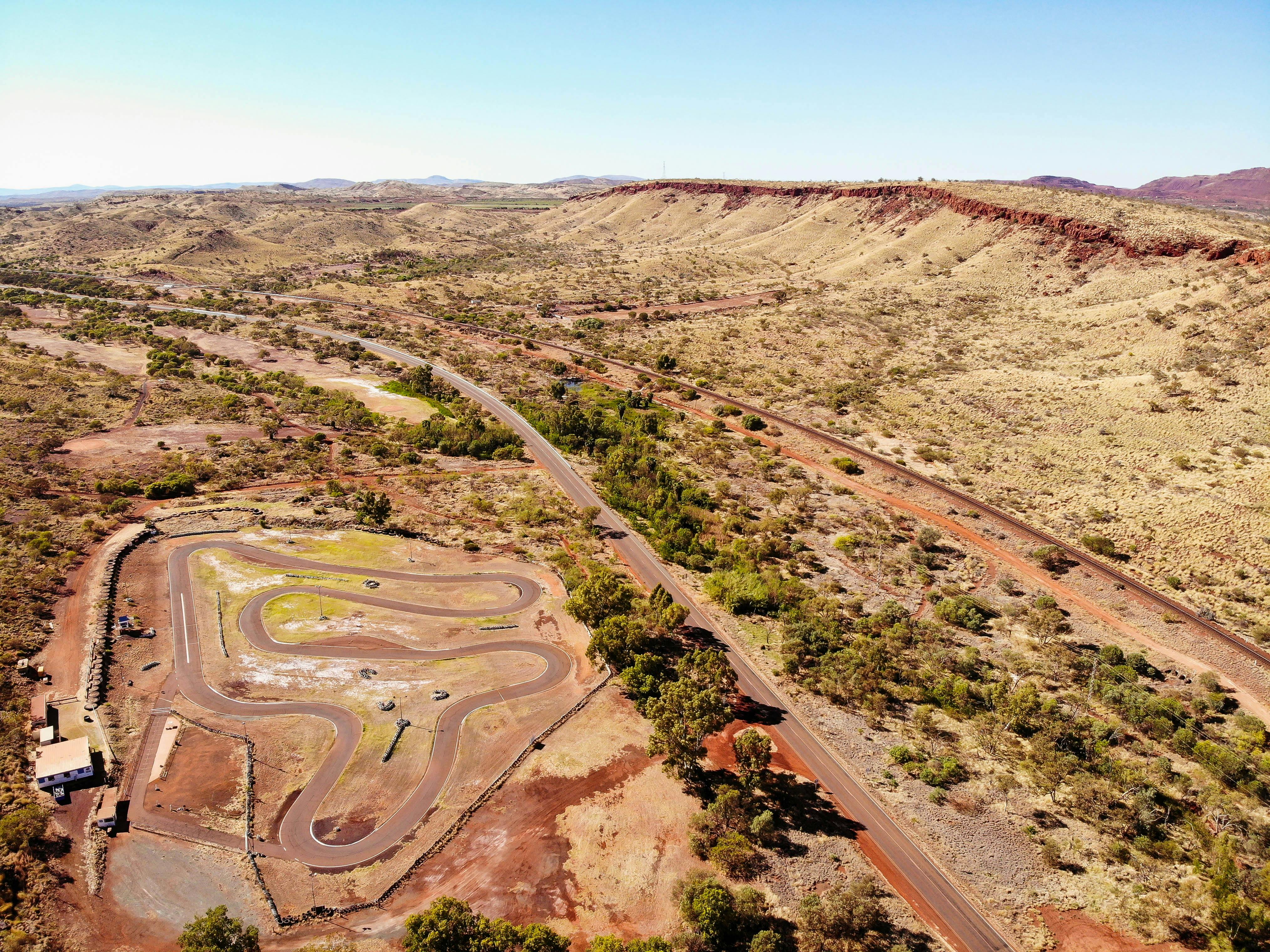Breaking Down the Science Behind High Altitude Training
The world of sports is ever-evolving, with athletes and coaches constantly seeking new strategies and methods to improve performance and gain a competitive edge. One such method, high altitude training, has been an intriguing and controversial topic within the sports science community. This article delves into the science behind this training approach, its benefits, potential drawbacks, and real-world applications in various sports disciplines.

What is High Altitude Training?
High altitude training, also known as hypoxic training, involves exercising at elevations typically above 2,500 meters. The concept is based on the body’s adaptive responses to the reduced oxygen levels at high altitudes. Initially used by endurance athletes to enhance their performance, this method has gradually gained popularity across various sports disciplines.
Historical Context and Key Developments
High altitude training has its roots in the 1968 Mexico City Olympics, conducted at an altitude of 2,240 meters. The unprecedented performances by athletes who lived and trained at high altitudes sparked interest in this training approach. Over the years, advancements in sports science have led to the development of simulated altitude training methods, allowing athletes to reap the benefits without physically relocating to high altitudes.
The Science Behind High Altitude Training
At high altitudes, the reduced oxygen availability triggers several physiological adaptations. The body responds by producing more red blood cells to enhance oxygen transportation, improving aerobic endurance. The body also augments its ability to buffer lactic acid, potentially delaying fatigue during intense activities. Thus, high altitude training can potentially enhance an athlete’s performance at sea level.
Benefits and Challenges of High Altitude Training
While high altitude training offers potential performance advantages, it also poses unique challenges. An athlete’s body may take time to adapt to the reduced oxygen levels, leading to initial performance declines. Symptoms such as altitude sickness, sleep disturbances, and nutritional deficiencies can also occur. Therefore, individualized training plans and careful monitoring are essential to maximize benefits and minimize risks.
Real-World Applications
High altitude training is commonly used in endurance sports like long-distance running and cycling. However, its application has expanded to team sports like soccer and rugby, where aerobic endurance plays a critical role. Simulated altitude training facilities have also made it more accessible for athletes residing in low-altitude regions.
In conclusion, high altitude training represents an intriguing intersection of sports science and physiology. While it offers potential benefits, its application requires careful planning and individual consideration. As sports science continues to evolve, it will be interesting to see how this method is refined and utilized in the future.




